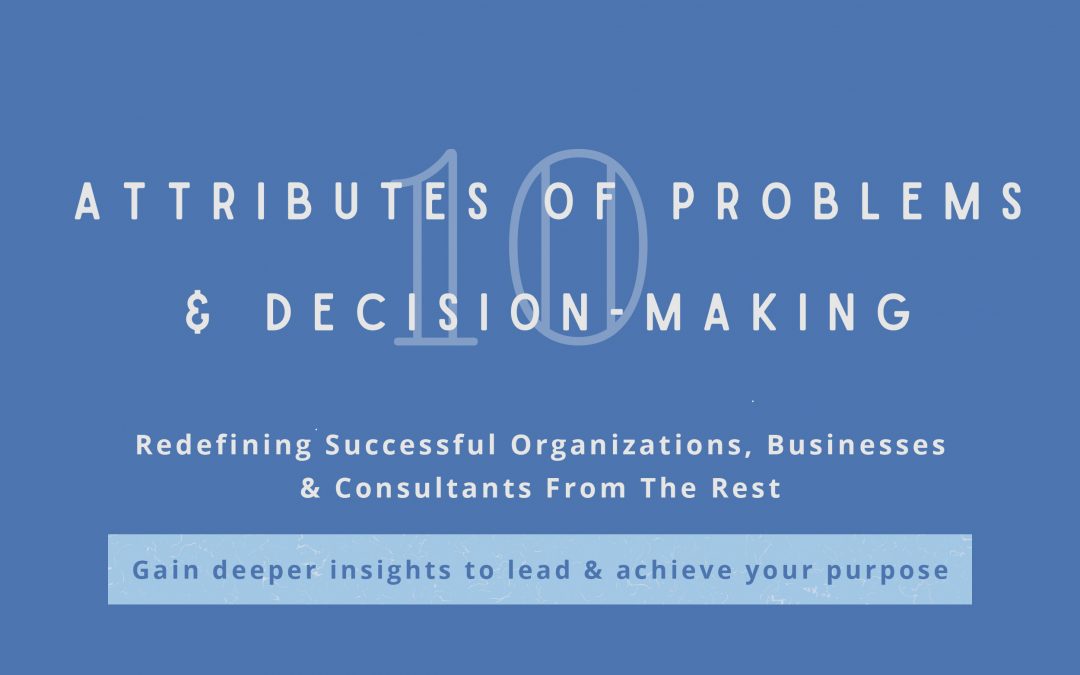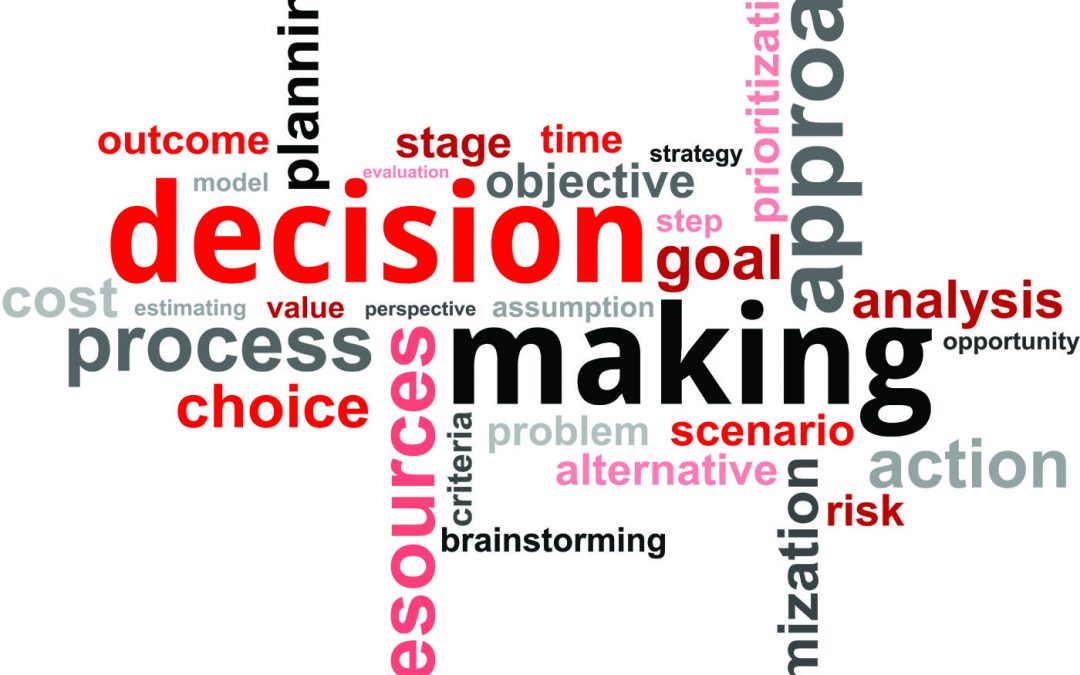Letting go of command brings big returns
For most of the 20th century, corporations were driven by the means of production, and the production of physical products meant that strict, vertical hierarchies filled with standardized practices, red tape, and clear lines of control, or command, were deemed best for driving profit.
All that is changing. Now live in a time where knowledge and creativity drive the economy. Strict hierarchies prove to be a hindrance to employee productivity and engagement. Though perhaps a fearful and even threatening idea, by letting go of command, you can increase productivity, creativity and engagement throughout your organization and beyond.
How are things done currently?
A study sponsored by IBM came to some disturbing conclusions: Not only have returns on assets drastically declined for firms, but CEOs are struggling to keep up with the pace and practice of change. Other data shows that only 25% of the workforce claims to be passionate about their jobs, and the vast majority feel that they are underutilized in their current position.
We are at an interesting crossroads in society and economics. We have a generation of people having more information and potential than ever before in a time when more traditional jobs are becoming automated, and corporations continue to miss out on optimal productivity because they haven’t embraced or adapted to current change. Motivation is severely curtailed in an environment of perceived inferiority or disutility despite a more knowledgeable employee base.
How letting go helps
Embracing a freer decision-making model that is both inclusive and guided can help to ensure a healthier and more productive, agile organization. This is not so much “letting go of the reins” as it is a sharing of the direction. In a traditional structure, decision-making tends to be a concentrated practice controlled by someone or a group higher up in the organization. By softening control, you can distribute the decision-making to the most knowledgeable people in the organization in that area, or distribute it to teams of people who can pool their knowledge together.
When there is less concentrated power, people do not view themselves as subordinates or mere peons. This has been proven to help foster creativity, innovation, feelings of self-worth and increased desire to take on responsibility. Teams work together to share responsibilities, and when people are directly responsible to people that they have good relationships with, each other in this case, they care more than if they were directly responsible to someone they didn’t care for, respect, or want to interact with. Think of it as the difference between ruling by fear and being a leader of people.
What steps can you take?
By doing your best to eliminate hierarchies, bureaucracy and concentration of power, you can allow the cream of the crop to rise out of your talent pool, and let responsibility, innovation, creativity and decision-making fall to those most qualified and willing. By letting people know that they are valued as real assets in the company and that what they are doing matters, your organization will flourish. Increasing trust via transparency and teamwork will allow your company to grow in ways that a traditional one cannot. There is nothing more valuable than a group who cares about their work and each other.
The ForSE Matrix delves deeply into organizational structure, and with it you can determine which policies, decisions, and tactics work best for your company. Over the years, we have found that letting go of power actually makes you more powerful. This is because you get more out of less, and become a stronger unit altogether. Consider your goal to become less of a boss and more of a leader.



